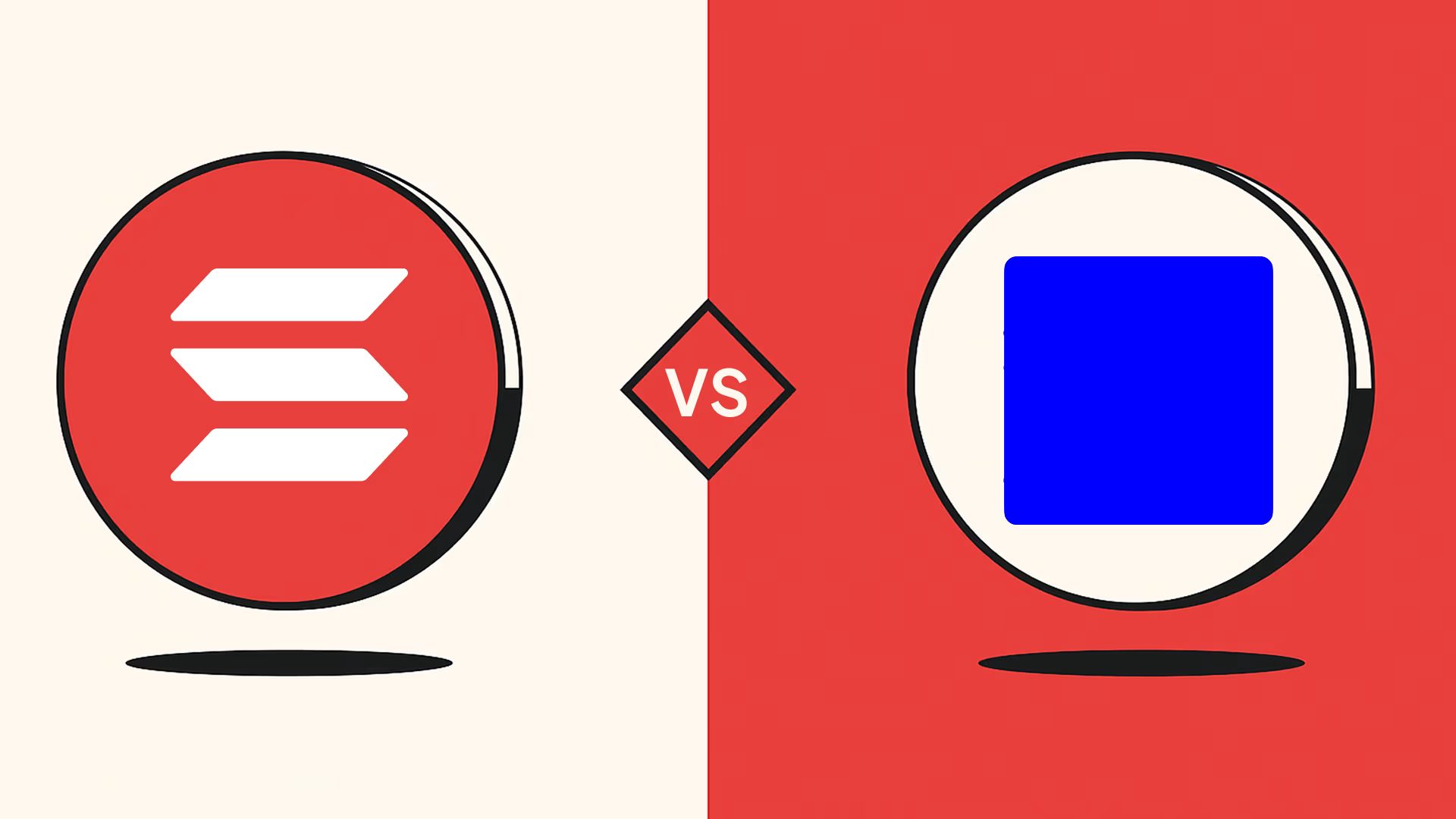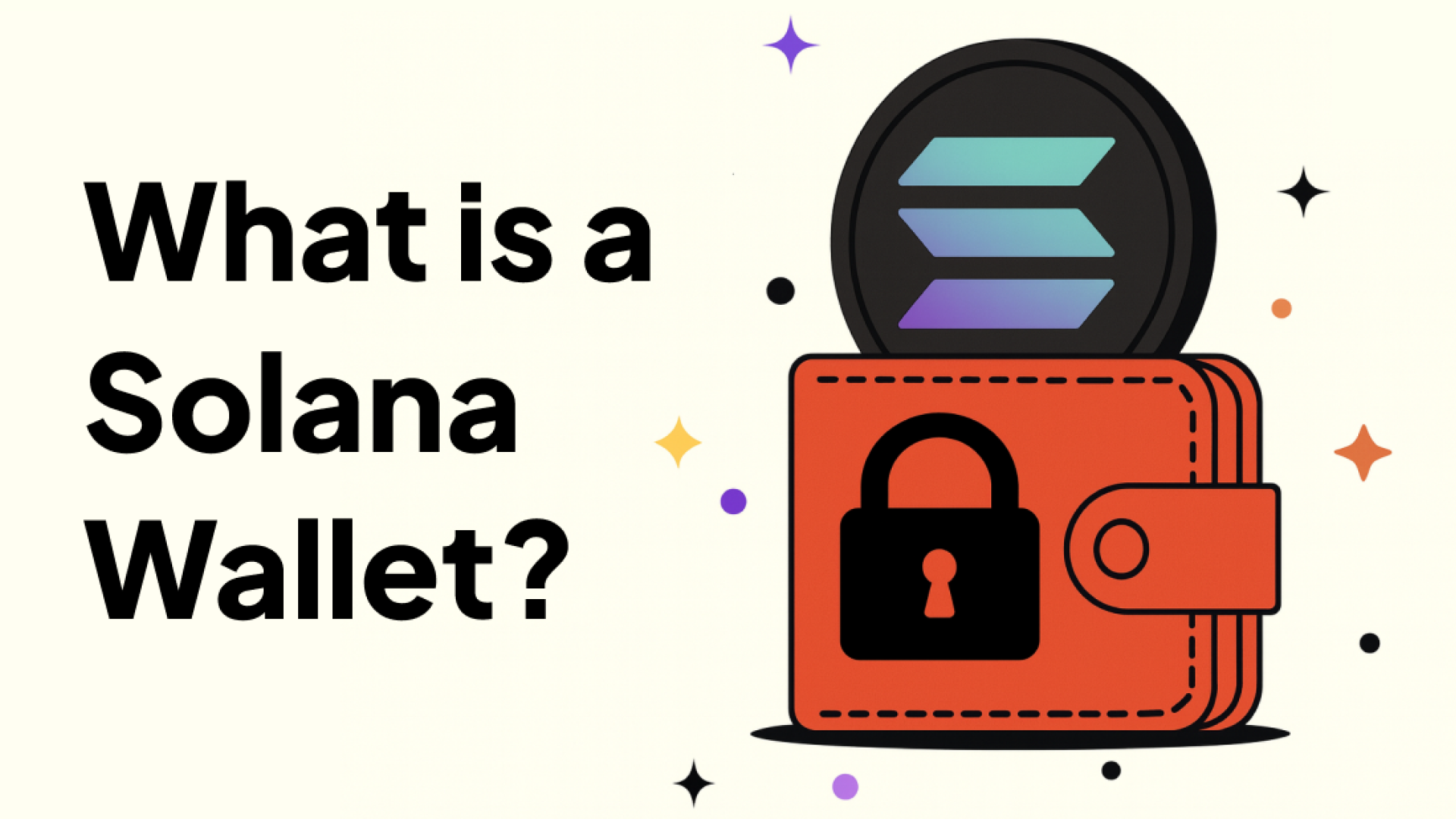Solana vs. Base: High-Performance Blockchain Showdown in 2025
Key Takeaways
Transaction Speed: Solana delivers proven real-world speeds of 1,000+ TPS with theoretical capacity of 65,000 TPS. Base achieves 98 TPS as a Layer 2 solution with theoretical maximum of 3,571 TPS through Optimistic Rollup architecture.
Architectural Philosophy: Solana is a high-performance Layer 1 blockchain optimized for speed and cost efficiency. Base is an Ethereum Layer 2 solution designed to bring mainstream adoption through Coinbase's ecosystem while maintaining EVM compatibility.
Cost Efficiency: Both networks offer extremely low fees. Solana transactions average ~$0.00025. Base transactions cost pennies through Layer 2 optimization, representing 95% savings over Ethereum mainnet.
Developer Ecosystem & Support: Solana uses Rust with established DeFi dominance and 80%+ DEX market share. Base leverages Ethereum's mature tooling and Solidity while providing access to Coinbase's 110 million users.
Introduction
The blockchain scalability race has intensified in 2025, with two distinct approaches vying for dominance: purpose-built Layer 1 performance versus Ethereum-compatible Layer 2 solutions. Solana and Base represent these competing philosophies, each offering unique advantages for developers and users seeking fast, affordable blockchain interactions.
While Solana continues its mission to be the world's fastest blockchain, Base has emerged as the bridge between Ethereum's established ecosystem and mainstream adoption. This comparison examines how these networks stack up across performance, costs, developer experience, and real-world adoption.
What is Solana?
Solana is a high-performance blockchain launched in 2020 by Anatoly Yakovenko. It is designed for extreme speed and scalability, utilizing a unique Proof of History (PoH) consensus mechanism combined with Proof of Stake. This architecture enables a theoretical throughput of over 65,000 transactions per second. Built to overcome the scalability limitations of older blockchains, Solana has become the go-to platform for high-frequency applications like decentralized exchanges (DEXs), gaming, and consumer-facing apps that demand instant finality and negligible costs.
Solana's ecosystem dominates decentralized trading, with 81% of all DEX transactions occurring on the network. The platform has achieved remarkable consistency, maintaining 16+ months of continuous operation since February 2024 after resolving earlier stability issues.
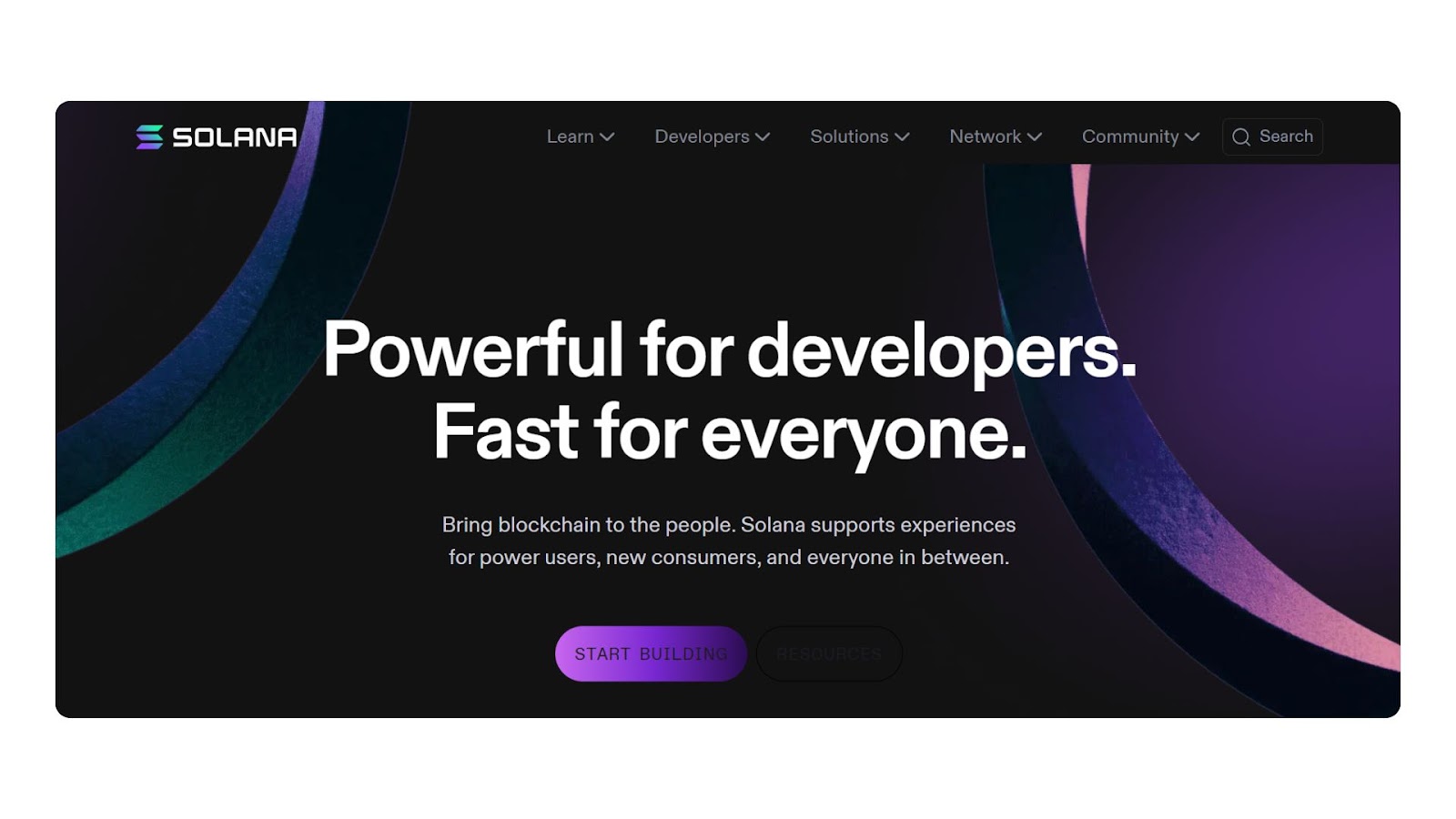
What is Base?
Base is an Ethereum Layer 2 blockchain launched in 2023 by Coinbase, built on Optimism's OP Stack. Base's architecture fundamentally differs from Solana's approach, focusing on Ethereum compatibility while dramatically reducing costs and increasing transaction speeds. As an Optimistic Rollup, Base inherits Ethereum's security while processing transactions off-chain and periodically settling to the main Ethereum network.
Base provides developers with EVM compatibility, allowing them to deploy existing Ethereum applications without modification while accessing Coinbase's massive user base of 110 million verified users and $80 billion in assets. The network serves as a bridge between traditional finance and decentralized applications, leveraging Coinbase's regulatory relationships and institutional credibility.
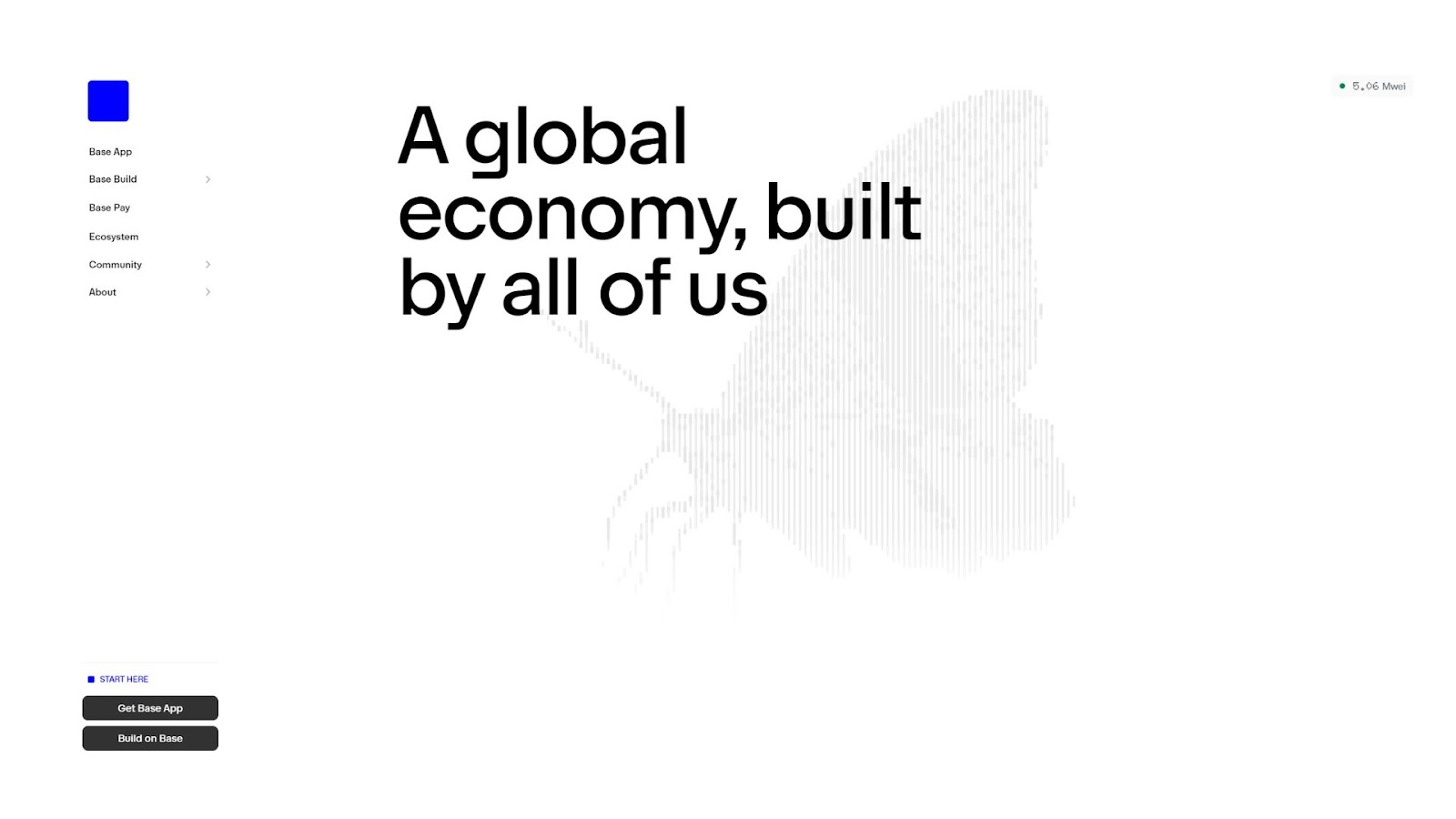
Developer Environment"
Solana Development Environment
Solana provides a high-performance development stack built around systems programming excellence.
- Languages: Rust (primary), C, C++
- Framework: Anchor (popular framework simplifying development)
- Libraries: Solana Web3.js, SPL Token libraries
- Developer Count: Large active community across DeFi, gaming, and consumer apps
- Documentation: Comprehensive with focus on performance optimization
Solana's use of Rust attracts experienced developers focused on building highly optimized applications. The ecosystem has matured rapidly, with sophisticated tools for DEX development, NFT platforms, and high-frequency trading applications.
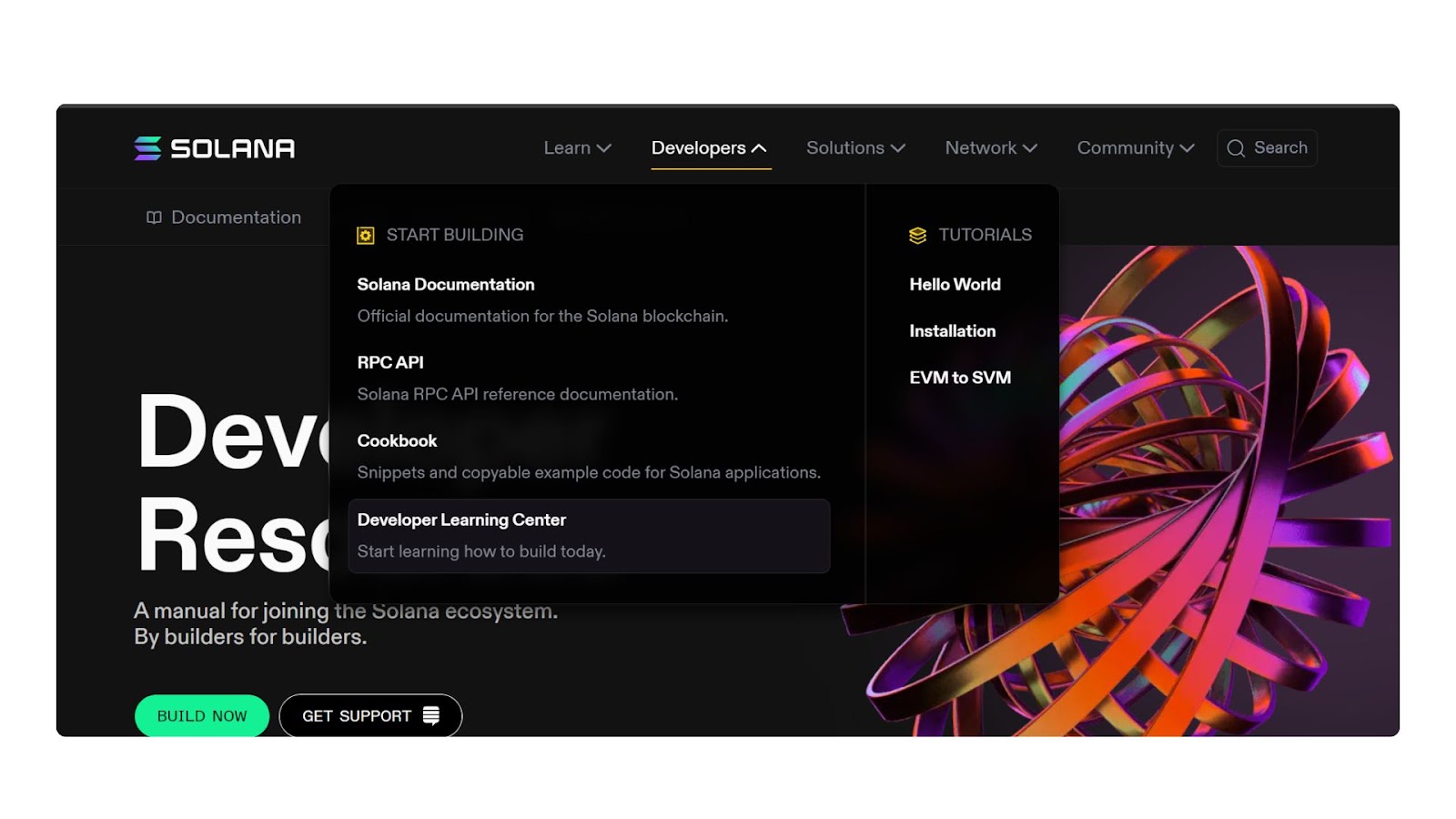
Base Development Environment
Base offers familiar Ethereum development tools with enhanced performance and lower costs.
- Languages: Solidity, Vyper (Ethereum-compatible)
- Framework: Hardhat, Foundry, Remix (standard Ethereum tools)
- Libraries: Ethers.js, Web3.js, Coinbase SDK
- Developer Count: Rapidly growing, targeting 25,000 developers by 2025
- Documentation: Leverages existing Ethereum resources with Base-specific optimizations
Base's EVM compatibility means developers can migrate existing Ethereum applications seamlessly, while new projects benefit from familiar tooling and extensive Ethereum documentation.
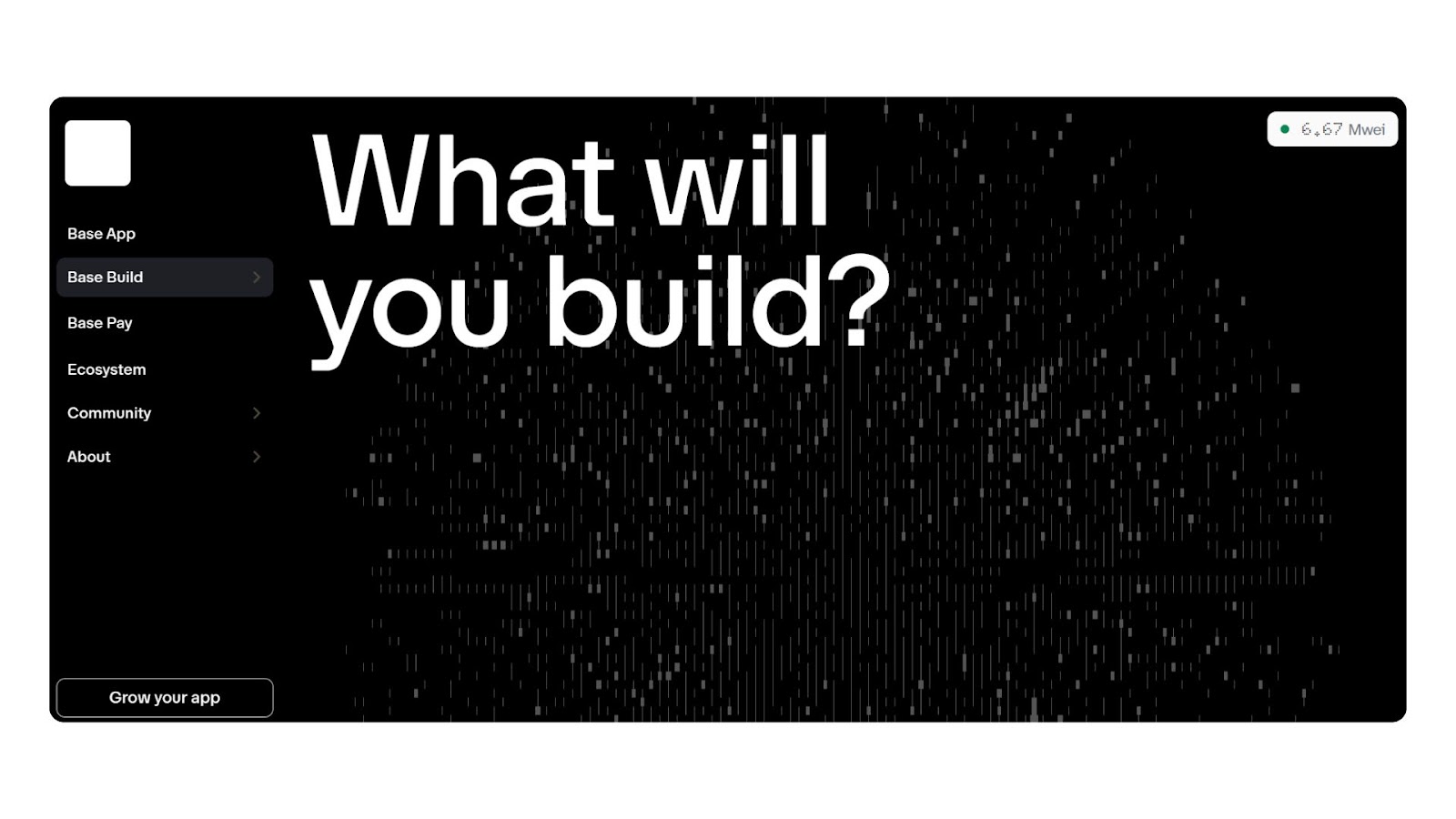
Performance Comparison
Transaction Speed and Throughput
Decentralization and Security
Solana Decentralization and Security
Solana operates with approximately 1,300+ validators distributed across 40+ countries. The network has addressed earlier reliability concerns, maintaining consistent operation for 16+ months since February 2024. The upcoming Firedancer validator client development aims to further enhance network diversity and reliability.
In DeFi, Solana dominates with over $10B+ in Total Value Locked (TVL) and processing 81% of global DEX volume. This massive activity demonstrates both user confidence and network capability under high-stress conditions.
Base Decentralization and Security
Base currently operates with a single sequencer but inherits Ethereum's robust security model through its Layer 2 architecture. The network benefits from Ethereum's 560,000+ validator network for final settlement while processing transactions more efficiently through rollup technology.
Base's DeFi ecosystem is rapidly growing, with current TVL of $4.7 billion and ambitious targets of $100 billion by 2025. The network's security model prioritizes leveraging Ethereum's battle-tested infrastructure while optimizing for user experience.
Ecosystem and Adoption
Solana Ecosystem Dominance
DeFi Leadership: 81% of all DEX transactions occur on Solana, demonstrating massive real-world adoption Trading Volume: Dominates high-frequency trading and arbitrage due to low costs and fast finality Developer Activity: Large ecosystem spanning DeFi, gaming, NFTs, and consumer applications User Behavior: Attracts traders and developers prioritizing performance and cost efficiency
Key protocols include Jupiter (DEX aggregator), Raydium (AMM), Magic Eden (NFT marketplace), and Pump.fun (meme coin platform driving viral adoption).
Base Ecosystem Growth
Institutional Gateway: Direct access to Coinbase's 110 million verified users Rapid Expansion: 5x increase in investor interest since Q1 2024, ranking second among blockchain ecosystems Ethereum Compatibility: Seamless integration with existing Ethereum infrastructure and liquidity Mainstream Focus: Positioned for mass adoption through traditional finance integration
Base ranks as the third-largest Layer 2 network with $4.7 billion TVL, targeting aggressive growth metrics including 25 million users and 1 billion transactions by October 2025.
Pros and Cons
Solana: Pros and Cons
Advantages (Pros)
- Superior Performance: 1,000+ real-world TPS with 400ms block times delivering seamless user experience
- Ultra-Low Costs: Average $0.00025 fees make high-volume applications economically viable
- Fast Finality: 12.8-second finality enables time-sensitive applications like trading and gaming
- DeFi Dominance: 81% DEX market share provides deep liquidity and massive user base
- Proven Scalability: Handles extreme volume without network congestion
- Mature Ecosystem: Established protocols and developer tools across multiple verticals
Disadvantages (Cons)
- Development Complexity: Rust programming requires specialized knowledge compared to Solidity
- Limited Ethereum Compatibility: Applications require rebuilding rather than simple migration
Base: Pros and Cons
Advantages (Pros)
- Ethereum Compatibility: Seamless migration of existing Ethereum applications and tooling
- Institutional Access: Direct pipeline to Coinbase's 110 million users and $80 billion in assets
- Familiar Development: Uses standard Ethereum tools and programming languages
- Security Inheritance: Benefits from Ethereum's battle-tested security model
- Regulatory Clarity: Coinbase's compliance expertise and institutional relationships
- Rapid Growth: 5x increase in ecosystem interest demonstrates strong momentum
Disadvantages (Cons)
- Lower Performance: 98 TPS significantly below Solana's 1,000+ TPS capability
- Longer Finality: 13+ minute finality limits time-sensitive applications
- Centralization: Single sequencer model creates potential bottlenecks
- Layer 2 Complexity: Additional infrastructure requirements and bridge risks
- Newer Network: Less battle-tested than established Layer 1 blockchains
- Ethereum Dependency: Subject to base layer constraints and upgrade cycles
Investment Perspective
Solana Investment Thesis
Bullish Factors: Performance leadership, DeFi dominance with 81% DEX market share, proven scalability, and large developer ecosystem with continuous innovation in high-growth sectors.
Risk Factors: Historical reliability concerns, competition from Layer 2 solutions, and potential regulatory scrutiny of high-performance chains.
Base Investment Thesis
Bullish Factors: Coinbase backing, massive user base access, Ethereum ecosystem compatibility, institutional adoption pathway, and aggressive growth targets for 2025.
Risk Factors: Performance limitations compared to Layer 1 alternatives, centralization concerns, and dependence on Ethereum's roadmap success.
Future Development Roadmaps
Solana 2025-2026 Priorities
- Firedancer Integration: Launching alternative validator client to improve decentralization and network resilience
- Performance Scaling: Potential 600,000 TPS with upcoming optimizations
- Consumer Applications: Expanding beyond DeFi into mainstream use cases
- Continued DeFi Leadership: Maintaining 80%+ market share in decentralized trading
Base 2025-2026 Priorities
- Massive Scale: Targeting 25,000 developers, 25 million users, and 1 billion transactions by October 2025
- Coinbase Integration: Deeper integration with Coinbase's financial services and custody solutions
- $100B TVL Goal: Ambitious target representing 20x growth from current levels
- Decentralization: Moving toward more distributed sequencer architecture
Conclusion
The Solana vs. Base comparison reveals two compelling but fundamentally different approaches to blockchain scaling. The choice between them depends on specific application requirements and strategic priorities.
Solana excels as the performance king, delivering the fastest transactions, lowest costs, and most mature DeFi ecosystem. Its 81% dominance in DEX trading and proven ability to handle extreme volume make it ideal for applications where speed and cost efficiency are paramount.
Base serves as the institutional gateway, providing Ethereum compatibility, regulatory clarity, and direct access to Coinbase's massive user base. Its rapid 5x growth in ecosystem interest and ambitious scaling targets position it as the bridge between traditional finance and Web3.
For developers and investors, the optimal strategy may involve recognizing each network's strengths rather than choosing a single winner. Solana remains the platform for performance-critical applications requiring maximum throughput, while Base offers the path to mainstream adoption through Ethereum compatibility and institutional infrastructure.
The future likely belongs to a multi-chain ecosystem where Solana powers high-frequency trading and gaming while Base enables mass market adoption of decentralized finance and Web3 applications. The Solana vs. Base debate now has a new wildcard with SOON, which combines Solana’s speed with L2 interoperability.
For anyone exploring Solana and Base, the first step is setting up a reliable Backpack Wallet, which includes both a Solana wallet and a Base wallet, letting you manage assets across ecosystems in one place. If you’re new, check out our guide on what is a Solana wallet to get started.
Learn more about Backpack
Exchange | Wallet | Twitter | Discord
Disclaimer: This content is presented to you on an “as is” basis for general information and educational purposes only, without representation or warranty of any kind. It should not be construed as financial, legal or other professional advice, nor is it intended to recommend the purchase of any specific product or service. You should seek your own advice from appropriate professional advisors. Where the article is contributed by a third party contributor, please note that those views expressed belong to the third party contributor, and do not necessarily reflect those of Backpack. Please read our full disclaimer for further details. Digital asset prices can be volatile. The value of your investment may go down or up and you may not get back the amount invested. You are solely responsible for your investment decisions and Backpack is not liable for any losses you may incur. This material should not be construed as financial, legal or other professional advice.

